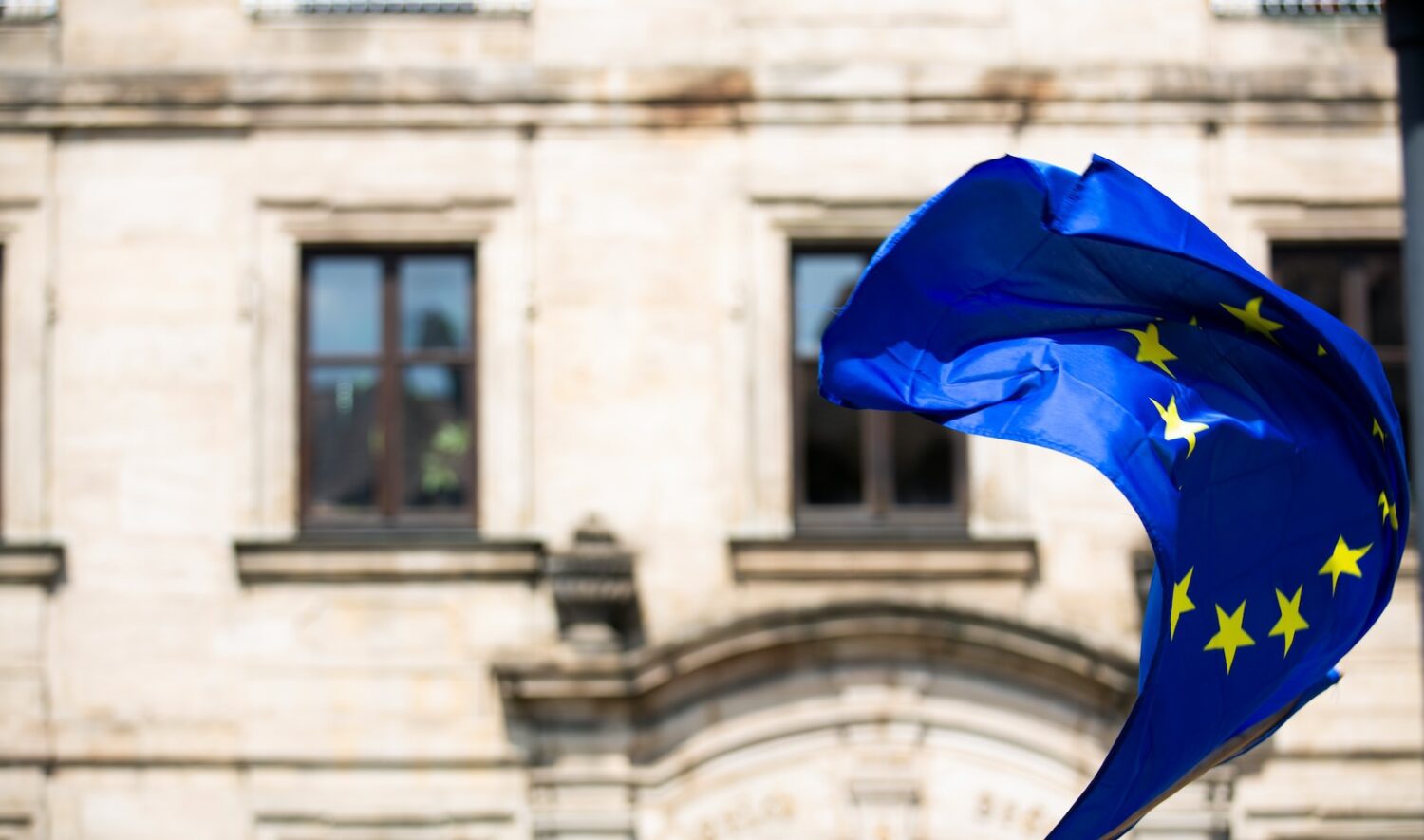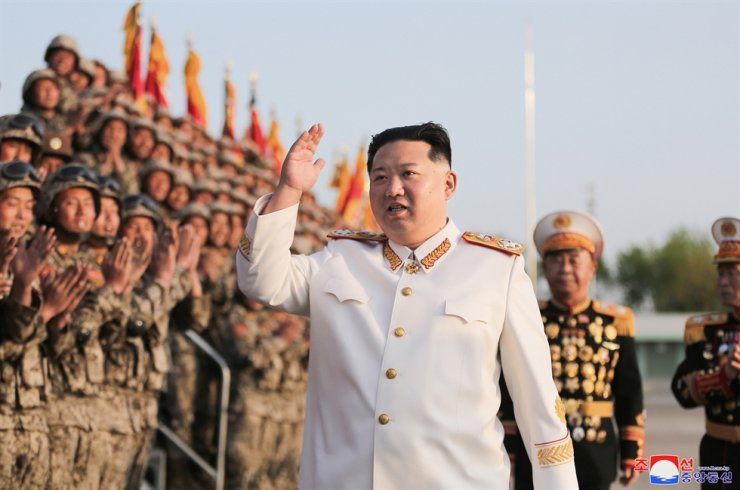Australia and New Zealand may be geographically a long way away from the northern hemisphere’s global powers; however, in a time when technology shrinks the world, the links between these English-speaking nations and their larger markets are getting smaller all the time. Unlike physical exports, tech ideas do not need to be loaded onto container ships or planes and transported around the globe. Tech needs excellent digital infrastructure but can move at the speed of light (literally, in the case of optical fibre technology).

Abstract contour map of Australia and New Zealand. Image by OpenClipart-Vectors from Pixabay, free license
In 2020, the tech sector contributed AUS$ 167 billion to the country’s economy. The largest growth area was internally, with the business sector adopting and upgrading new technology in their organizations. Tech start-ups, and established, large technology businesses are also significant. According to recent data from Statistica, it is estimated the sector will contribute AUS$250 billion by 2030.
Both New Zealand and Australia have better-than-average connectivity. In Australia, the average mobile internet download speed was 16.1 Mbps outperforming fixed data download speeds of 11.1 Mbps. However, fixed broadband trumped it for uploads. New Zealand’s average mobile rates nudge ahead of Australia’s at 14.7 Mbps, and the country is ranked 7th in Asia Pacific Region.
Internet speeds are important when developing products and services for home and international markets. They are also vital for consumers who increasingly shop online and stream digital content from the cloud to their mobile and fixed devices. Stable and robust internet connections are essential for anyone accessing cloud-based gaming platforms, particularly online gambling sites.
Online casinos have become increasingly popular in countries around the world, and ever-increasing numbers of New Zealand and Australian customers get to enjoy the pokies and all kinds of virtual table games. Faster download and upload speeds also allow customers to play at live dealer games where players interact in real-time with other players and a human dealer. At first glance, it seems like magic, but it is down to incredibly clever tech and Optical Character Recognition technology translating images into data.
While the player feels as though they are at gaming tables alongside others in the heart of a Wellington or Sydney casino, the chances are the action is being beamed up and down from a studio in Europe. And it is not only images and card moves that are transported instantaneously by superfast data connections. Casino payments move around at high speed too. E-wallets are one of the fast ways to make deposits and start playing online games, and Skrill is accepted at NZ online casinos.
While many of the casino games are imported from companies with more established online markets than New Zealand, the country exports plenty of tech solutions, and the United States is a key market. A shared language makes New Zealand and Australia easy partners for American technology importers. A recent statement by New Zealand’s Export Growth Minister, Damien O’Connor, showed the increasing role of high technology in the country’s prosperity.
O’Connor said, “New Zealand is a trading nation, and supporting our country’s hard-working exporters remains a priority for this Government. It’s crucial we show the diversification of high-quality exports that New Zealand has to offer – and in doing so, accelerate our economic recovery from COVID-19.”
In a report commissioned by the Ministry of Foreign Affairs and Trade called “The NZ-US trade relationship: Stability and Diversity in a Time of Change,” data revealed digital services are a major contributor to the balance of trade. The Minister confirmed that the USA is New Zealand’s third most significant trading partner and the largest destination for digital service exports accounting for 22% of the total service exports.
Digital service exports to the USA are valued at NZ$682 million and include computer service and software license exports. In addition, US trade investment has been key to developing the country’s space industry. The New Zealand government has spent a sizable sum on advertising its digital services to the world to attract top talent and foreign capital investment.
In 2021 New Zealand’s top 200 tech exporters saw growth of 23%, and revenues from these exports were $13.9 billion. A combination of excellence in tech and marketing could be thanked for these results. A marketing campaign called “We See Tomorrow First” was an industry and government collaboration with two key ambitions. The first was to support the fast-growing digital technology sector and to market innovations to the rest of the world; the second was to bring tech talent to New Zealand.
Their Chief Strategy Officer, Julie Gill, is reported as saying,
“New Zealand has a unique perspective on how we create technology and lead tech businesses. It’s perspective, building on Māori values of kaitiakitanga or guardianship, that now more than ever, the world needs to help create technology to build a better tomorrow.”
Undoubtedly, much of the country’s technology sector’s success is due to the partnership between industry and government.
Meanwhile, the technology sector is also booming in Australia, and the largest sector there is life sciences and health. Multinational biotech company CSL are key players in this sector. However, New Zealand is also championing tech in health and has made significant breakthroughs with Artificial Intelligence. This included using this technology to fight conditions such as glaucoma.














